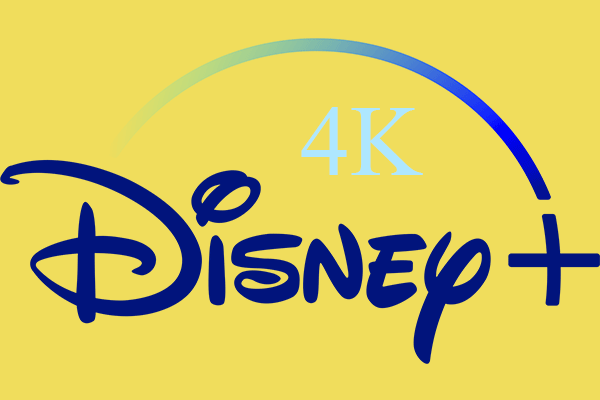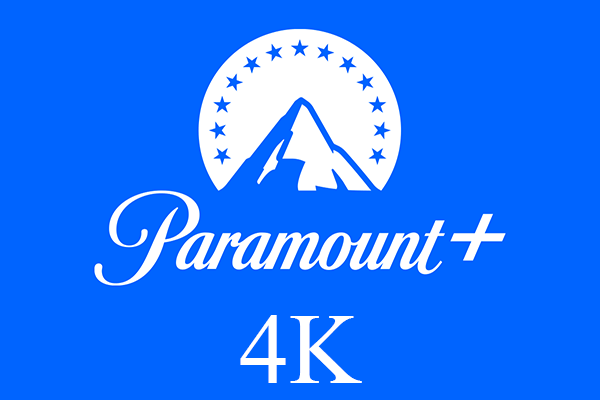In recent years, the term "4K resolution" has become increasingly popular in the world of video and display technology. It has become synonymous with superior image quality and immersive visual experiences. But what exactly is 4K resolution? How does it differ from other resolutions? And is it worth the hype? In this article provided by MiniTool video editor, we will explore the ins and outs of 4K resolution and answer some frequently asked questions.
What Is 4K Resolution?
4K resolution refers to a display or video resolution that has approximately 4,000 horizontal pixels. It is also known as Ultra High Definition (UHD) and provides four times the number of pixels found in a Full HD 1080p display. The resolution is typically denoted as 3840 x 2160 pixels, which means the display has 3840 pixels in width and 2160 pixels in height.
4K Video Resolution
When we talk about 4K resolution in the context of the video, it means content that has been recorded or mastered in 4K. This includes movies, TV shows, and videos that are shot using cameras capable of capturing at least 8 million pixels (3840 x 2160) per frame. Watching 4K videos on a compatible display can result in sharper details, enhanced colors, and a more lifelike visual experience.
4K Resolution Size
In terms of physical dimensions, a 4K display typically measures 3840 pixels wide and 2160 pixels high. This results in a wider and taller image compared to Full HD 1080p displays. The larger pixel count of 4K resolution allows for more precise and detailed rendering of images, making it ideal for larger screens or when viewing content up close.
What does 4K mean?
The term “4K” originated from the approximate number of horizontal pixels in the resolution. The letter “K” stands for “kilo,” representing the number 1,000. Therefore, 4K resolution refers to a resolution with around 4,000 horizontal pixels. It is worth noting that the term “4K” is used interchangeably with UHD or 2160p.
4K Aspect Ratio and Dimensions
The aspect ratio of a 4K display is usually 16:9, which means for every 16 units of width, there are 9 units of height. This aspect ratio is commonly used in widescreen displays and is well-suited for watching movies and videos. The dimensions of a 4K display are 3840 pixels in width and 2160 pixels in height, resulting in a rectangular-shaped image.
How Many Pixels in 4K?
A 4K display contains approximately 8.3 million pixels. This is calculated by multiplying the number of horizontal pixels (3840) by the number of vertical pixels (2160). The high pixel density of 4K resolution ensures a more detailed and crisper image, especially when viewed on larger screens or from close distances.
Is 2160p 4K?
Yes, 2160p resolution is commonly referred to as 4K resolution. The “p” in 2160p stands for progressive scan, indicating that the entire frame is displayed in a single pass. So, when someone mentions 2160p, they are essentially referring to the same resolution as 4K or UHD.
2160p vs. 4K
As mentioned earlier, 2160p and 4K resolutions are essentially the same thing. Both resolutions have a pixel count of 3840 x 2160, resulting in stunning image clarity and detail. The terms are often used interchangeably, although “4K” has become the more popular and widely recognized term.
When Did 4K Come Out and When Was 4K Invented?
The development of 4K resolution can be traced back to the early 2000s when display and television manufacturers began exploring higher resolutions beyond the standard definition and HD formats. The first implementation of 4K resolution in a professional digital cinema camera occurred in 2003, with the release of the Dalsa Origin camera, capable of recording at a resolution of 4096 x 2048 pixels.
However, it was not until several years later that 4K resolution started gaining traction in the consumer market. In 2012, the first commercially available 4K television was introduced by Sony. This marked a significant milestone in the adoption of 4K resolution by consumers, even though there was limited native 4K content available at that time.
Since then, the popularity of 4K resolution has steadily increased. More and more televisions, computer monitors, and projectors now support 4K resolution, making it easier for consumers to experience the benefits of higher image quality. Additionally, content creators and streaming services have started offering 4K video content, further driving the demand for 4K-compatible displays.
Is 4K Worth It?
Whether 4K resolution is worth it depends on several factors, including your viewing habits, the size of the display, and the availability of 4K content. If you frequently watch movies, play video games, or engage in tasks that demand high-quality visuals, then investing in a 4K display can significantly enhance your viewing experience.
The increased pixel density of 4K resolution provides sharper details, smoother curves, and improved color reproduction, resulting in a more immersive and lifelike image. However, it is important to note that the difference between 4K and lower resolutions like Full HD (1080p) may be more noticeable on larger screens or when viewed from close distances.
Moreover, the availability of native 4K content has significantly improved over the years. Major streaming platforms, such as Netflix, Amazon Prime Video, and YouTube, offer a growing library of 4K movies, TV shows, and videos. Additionally, gaming consoles and PCs now support 4K gaming, further expanding the range of 4K content.
If you are an avid consumer of high-quality media, a cinephile, or a gamer, investing in a 4K display can provide a noticeable upgrade in visual quality. However, if you primarily use your display for basic tasks like web browsing and document editing, the benefits of 4K resolution may be less pronounced.
Conclusion
4K resolution offers a significant improvement in image quality and has become increasingly popular in recent years. With its higher pixel count and enhanced visual fidelity, 4K provides a more immersive viewing experience, especially on larger screens. As the availability of 4K content continues to grow, investing in a 4K display can be a worthwhile upgrade for those seeking the best in visual quality.
Also Read
- Understanding the Battle of Display Technologies: OLED vs 4K vs QLED vs LED vs SUHD
- The Evolution of 4K Encoders and Decoders: Revolutionizing Video Streaming
- 4K vs 5K: Exploring the Differences and Choosing the Right Monitor
- 720P vs 4K: Understanding the Differences and Making the Right Choice
- How to Convert an Image to 4k by 4K Photo Converter?





User Comments :